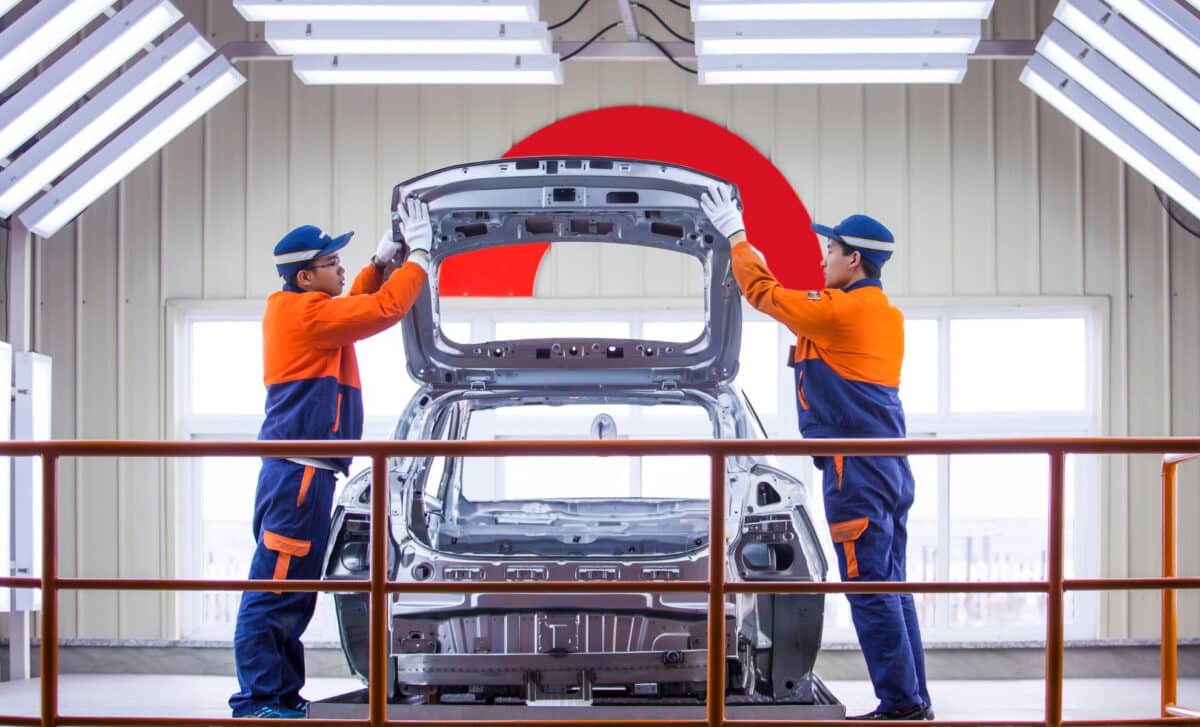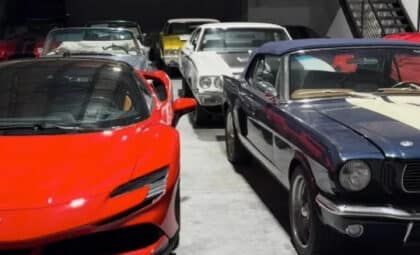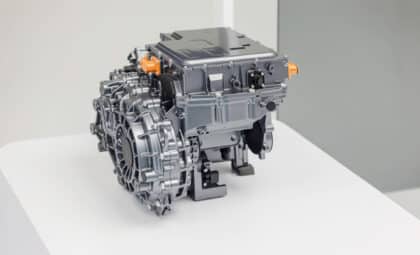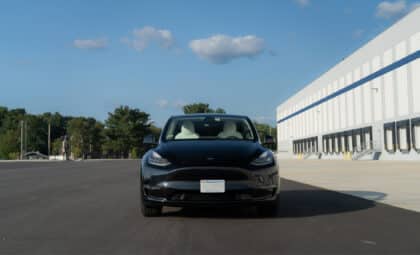At the heart of this transformation is a shift in control. What began as a system meant to help China catch up has evolved into a model of dominance. In 2024, local brands account for 66% of the country’s car production. With the electric vehicle boom as a catalyst, Chinese automakers are not only outproducing their Western counterparts—they’re exporting their cars back to Europe.
Once considered the gateway to the largest automotive market in the world, joint ventures with Chinese firms offered Western automakers the opportunity to establish a local presence while navigating strict government regulations. In return, China gained access to advanced industrial knowledge and manufacturing expertise. It worked—maybe too well. Two decades later, the balance of power has shifted, and the roles have clearly reversed.
From Co-production to Competition
In the early 2000s, China’s automotive sector was still in its infancy. The government imposed a 50/50 joint venture rule, requiring foreign carmakers to partner with local firms. While this policy opened the door to foreign investment, it also enabled Chinese engineers to absorb knowledge from global leaders—European, Japanese, and American alike.
At first, many of the cars produced under these joint ventures resembled copies. But behind the scenes, Chinese brands were catching up fast. Over time, they refined their manufacturing processes, elevated design standards, and built new technological capabilities. According to L’Automobile Magazine, this foundational experience helped transform them into fully autonomous players in the global market.
By 2024, the results are unambiguous. Chinese automakers produced 18 million cars, compared to 9.5 million built through joint ventures. The numbers show a clear trend: while global firms struggle, local brands are flourishing across every market segment, from entry-level vehicles to premium electric SUVs.
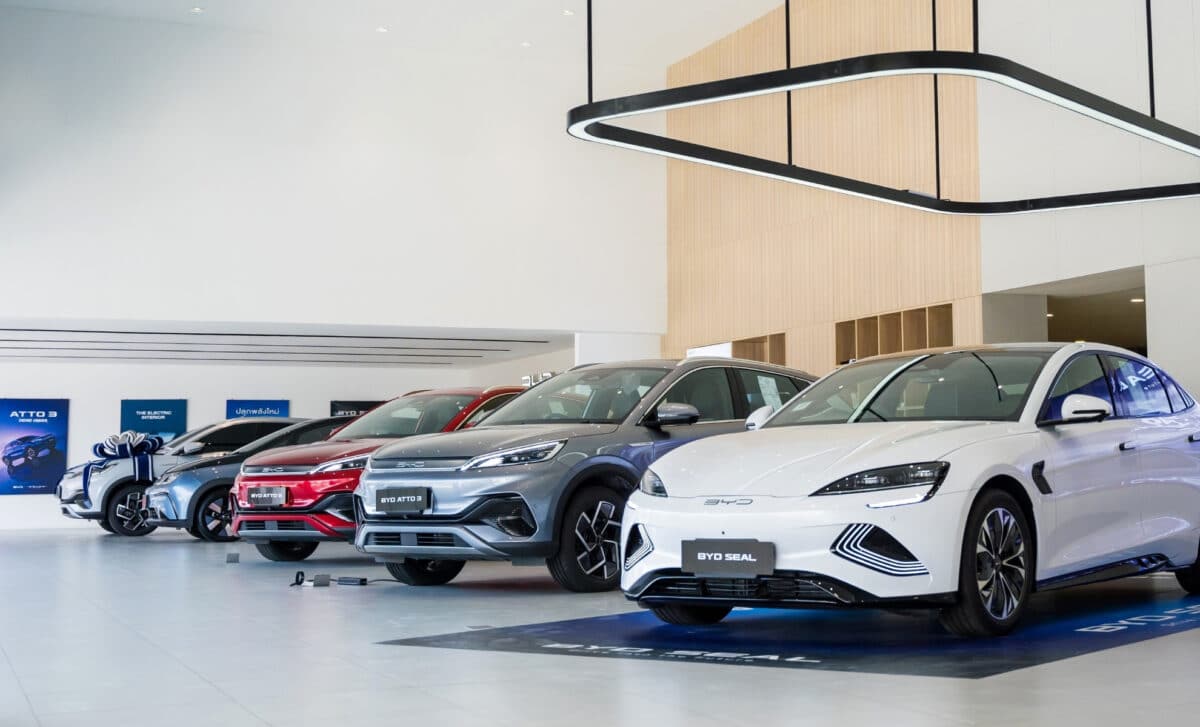
The Electric Pivot That Changed Everything
The turning point came in 2020. As the pandemic disrupted international supply chains, China accelerated its investment in electric mobility and battery production. While many foreign manufacturers scrambled to recover, domestic companies seized the opportunity to expand and gain market share.
This shift allowed homegrown brands like BYD, Geely, and Changan to take the lead in EV innovation and design. The traditional image of Chinese manufacturers as imitators faded. Today, these brands are defining their own styles, building competitive vehicles, and launching full-scale export campaigns—including in Europe.
The electric vehicle boom also exposed the growing limitations of the joint venture model. Multinational firms like Volkswagen, Toyota, and even Tesla saw their influence shrink as consumer preferences shifted toward domestically-produced electric cars. Meanwhile, joint venture production fell sharply, a reflection of both market demand and strategic repositioning by local brands.
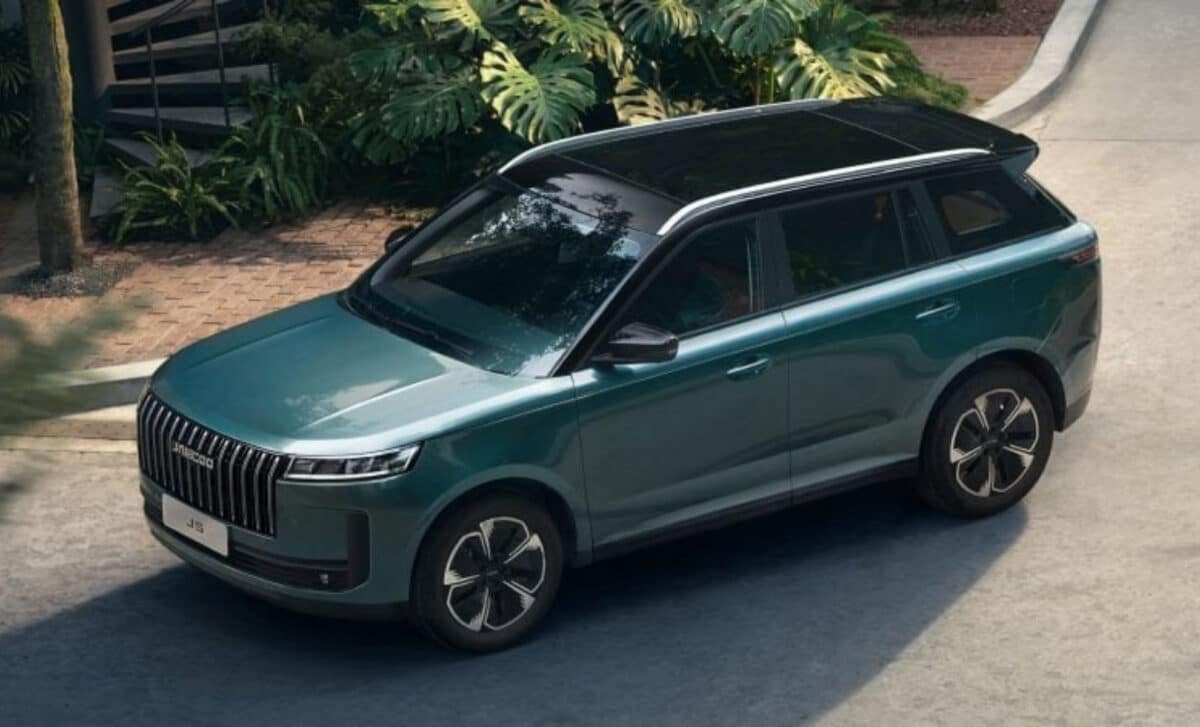
European Markets Face the Return Wave
In a symbolic twist, many of the same companies that once benefited from Chinese partnerships are now watching as their former protégés enter their home turf. One of the most telling examples involves the Chinese group Chery and its brands Omoda and Jaecoo. These brands are now available in several European markets, offering hybrid and soon fully electric SUVs.
The Jaecoo 5—a premium SUV with a striking resemblance to Land Rover designs—is already being marketed in France. The connection runs deeper: Chery entered a joint venture with Jaguar Land Rover in 2012 to produce luxury vehicles in China. Now, Chery is leveraging that experience to position its own products in Europe, raising questions about the future of such partnerships.
Chinese manufacturers now operate across all market segments, from low-cost cars to high-end models. Their global ambitions are evident, and their success challenges Europe’s long-held dominance in car manufacturing. While Western brands close factories or reduce their stakes in joint ventures, Chinese companies are scaling up and moving westward.
Europe’s reliance on imported electric components and rare earth materials—58% of global extraction and 92% of magnet component production are controlled by China—adds another layer of vulnerability. The rules of engagement have changed, and the advantage has shifted decisively.

